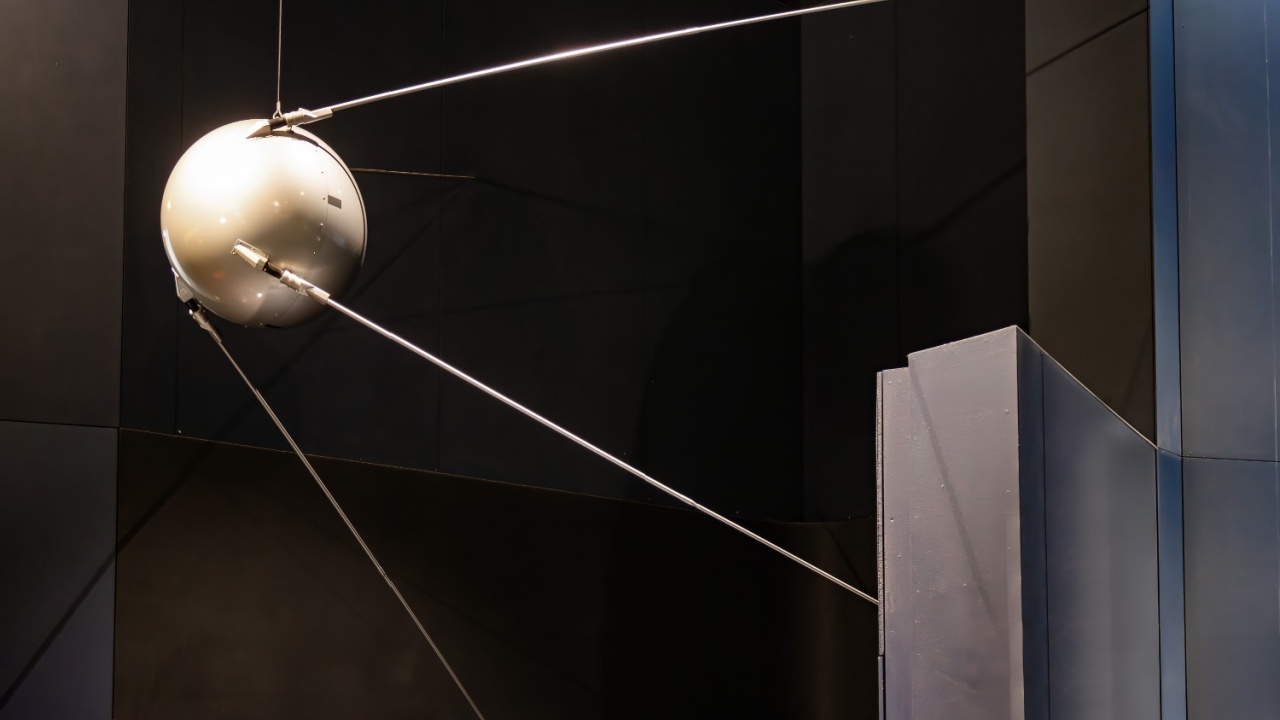The Ambitious Soviet Space Program and the Challenges of Interplanetary Travel
The Soviet Union’s ambitious space exploration plans were ultimately hindered by the lack of a reliable rocket system. Even though it was nearly four decades since the collapse of the USSR and the end of the Cold War, the memory of the intense rivalry between the United States and the Soviet Union still lingers. While the U.S. emerged victorious in that conflict, there was a time when the Soviets posed a significant threat to American interests. This wasn’t just due to their nuclear arsenal, large military presence, or ideological stance, but also because of their advanced military technology.
In the realm of space exploration, the Soviets were highly capable for many years. They achieved major successes during the Space Race and had grand ambitions to spread their communist ideology beyond Earth. Moscow even planned to send cosmonauts to the moon and Mars, with intentions to explore the entire solar system long before their American counterparts could do so.
The USSR’s Heavy Interplanetary Vehicle
One of the most notable projects from this era was the USSR’s Heavy Interplanetary Vessel (TMK). Conceived during the height of the Cold War, the TMK program aimed to send crewed missions to both Mars and Venus, responding to the Americans’ focus on lunar exploration. Although the TMK series never progressed beyond the design phase, its conceptual innovations and engineering challenges offer a fascinating look into the Soviet Union’s aspirations for interplanetary travel.
Spearheaded by the OKB-1 Design Bureau under the leadership of Sergei Korolev and his deputy Mikhail Tikhonravov, the project sought to surpass American efforts while showcasing Soviet technological prowess. The TMK series included various spacecraft designs such as the TMK-1, TMK-E, MAVR (Mars-Venus), and KK (Space Complex for Delivering a Piloted Expedition to Mars).
Each variant addressed different mission profiles, ranging from flyby missions to more complex scenarios involving landings on the Martian surface. The roots of the TMK program can be traced back to an earlier concept, the Martian Piloted Complex (MPK), proposed in 1956. This mission required a massive spacecraft to be assembled in low-Earth Orbit (LEO) for a Mars landing mission. However, the failure of the MPK mission was tied to the failure of the N1 heavy-lift rocket, which was essential for assembling the spacecraft in LEO.
A Bold Vision for Interplanetary Exploration
Like the MPK program, the TMK series relied heavily on the N1 rocket. The N1 was crucial for placing the TMK-1 spacecraft into orbit, which was designed to carry three cosmonauts on a three-year Mars flyby mission. The mission would launch on June 8, 1971, and return to Earth on July 10, 1974. TMK-1 would follow a free-return trajectory, using Mars’ gravity to slingshot back to Earth, requiring only minor mid-course corrections.
During the flyby, remote-controlled probes would be deployed to the Martian surface to collect data, compensating for the lack of a landing. Another variant, the TMK-MAVR (Mars-Venus), incorporated a Venus flyby on the return leg, reducing the mission duration and maximizing scientific return by studying two planets in a single mission.
Innovations and Advanced Designs
The TMK-E variant explored the use of nuclear electric propulsion, a cutting-edge technology at the time. Konstantin Feoktistov proposed that the TMK-E would spiral out of Earth’s orbit using an ion drive powered by a nuclear reactor, minimizing exposure to the Van Allen radiation belts. Once beyond, the TMK-E, which would be slower than its sister variants, would use conventional rockets.
A distinctive feature of Soviet interplanetary concepts was the long boom separating the nuclear reactor from the crew quarters to reduce radiation exposure. The most advanced iteration of the TMK series was the KK Space Complex, proposed in 1966. It included multiple modules such as the Expeditionary Spacecraft (EK), Orbital Complex (OK), Landing Module (SA), Ascent Module (AV), Ascent Rocket stage (RV), and Planetary Station (PS) for surface operations. This design reflected the growing ambition of the Soviet Union to achieve a crewed Mars landing, planned for a 1980 launch.
Lessons Learned from the Soviet Space Program
Despite these ambitious plans, the TMK program never made it off the drawing board. Just as their MPK program for going to Mars proved to be the undoing of their manned deep space exploration program, the Soviets’ lack of a proper heavy-lift rocket sank their manned deep space exploration program. This serves as a warning for current space programs: without the ability to launch astronauts beyond Earth’s orbit, no amount of theorizing will ensure that highfalutin plans can leave the drawing boards.







